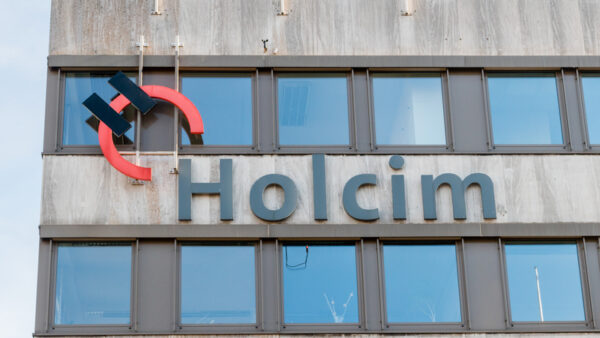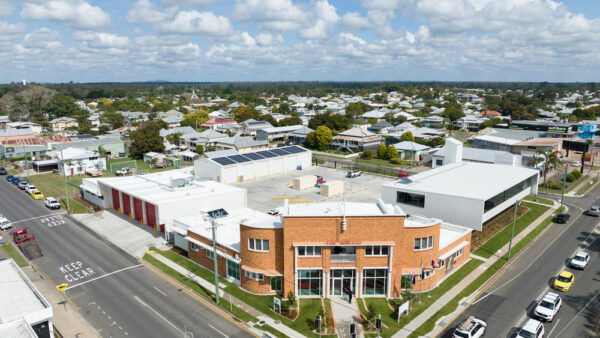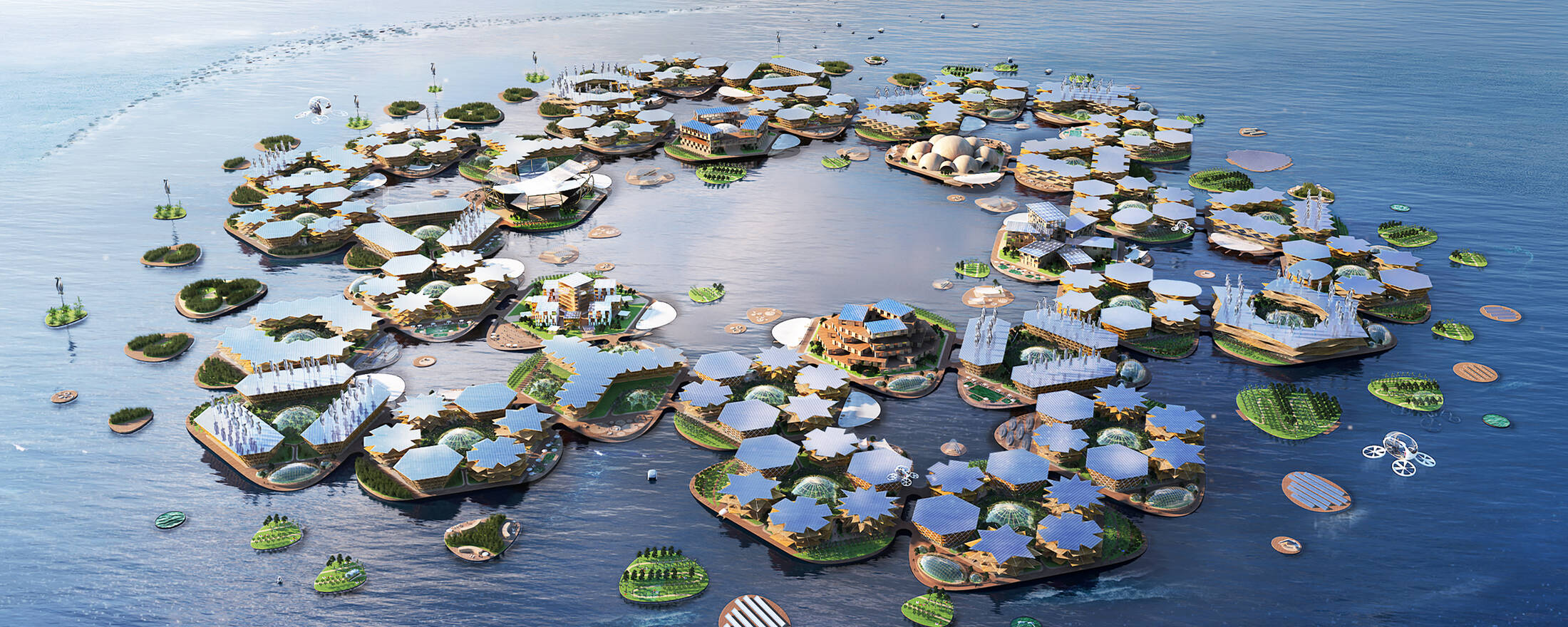
A prototype design for the world’s first sustainable floating city has been unveiled at the United Nations headquarters in New York.
The project is being proposed by UN-Habitat, “blue tech” firm Oceanix and the South Korean port of Busan as a way of allowing coastal cities to evolve sustainably as sea levels rise.
The design for Oceanix Busan, as the city is titled, envisages three connected island neighbourhoods with an area of 6.3ha and a population of 12,000.
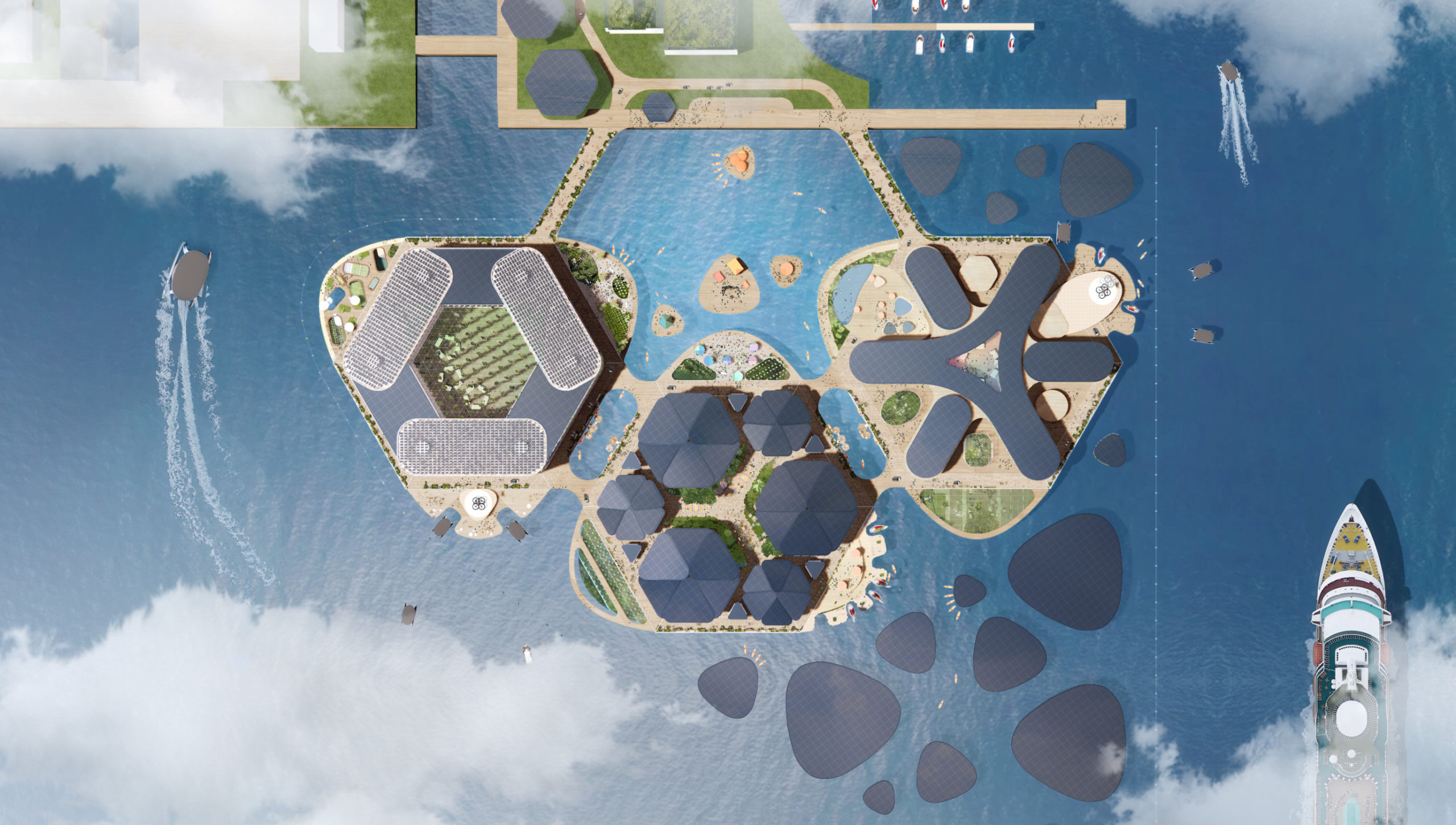
Each of the islands is designed for a specific purpose – living, research and lodging – and they are connected to each other and the mainland with bridges.
The city would be powered by floating and rooftop photovoltaic panels, and it would aim to have closed loop systems to recycle waste and water.
UN-Habitat, the United Nation’s human settlement programme, notes in a press release that 90% of the world’s coastal cities are vulnerable to rising sea levels, and that one response may be to relocate threatened districts to floating platforms.
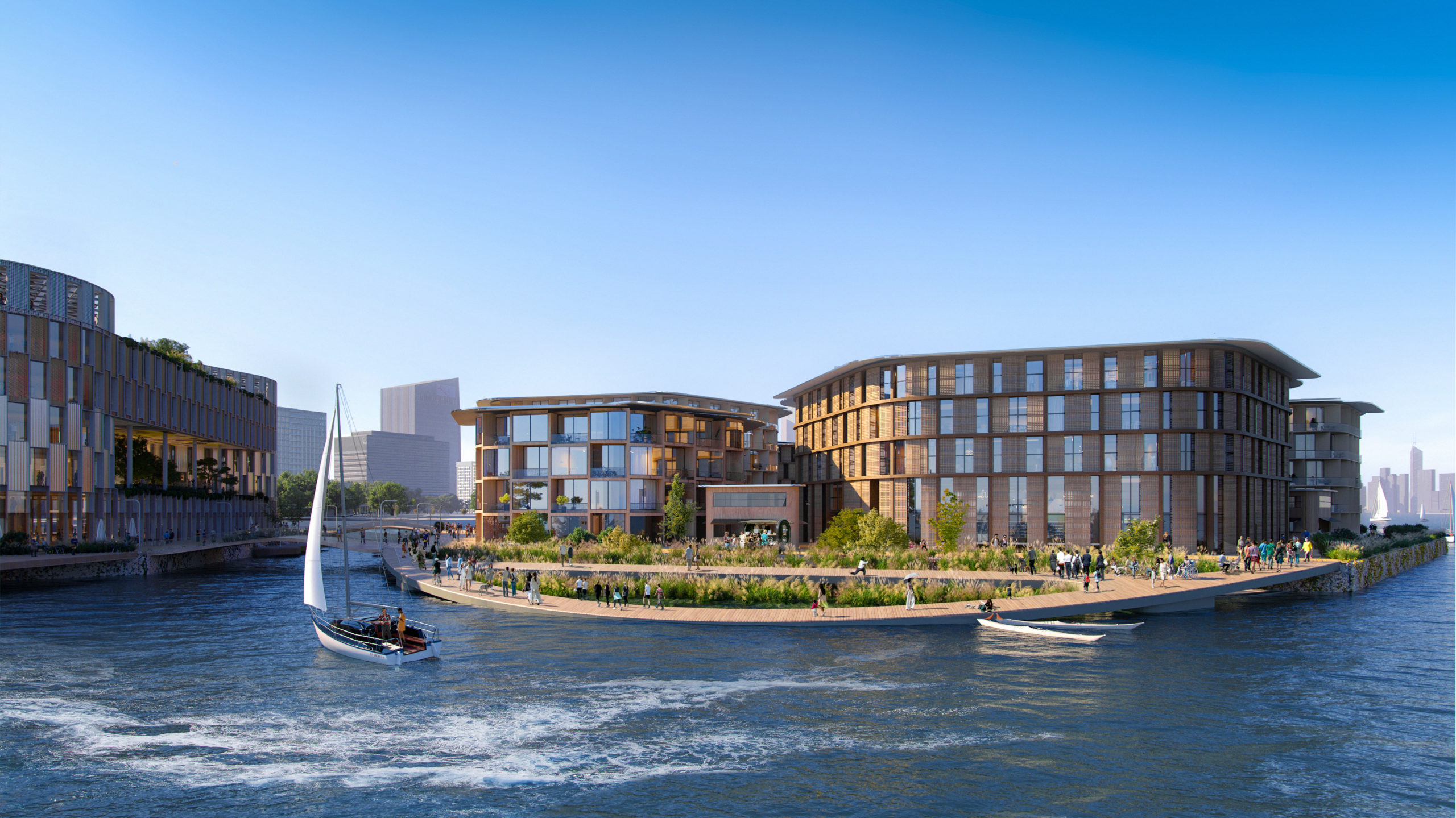
Park Heong-joon, Busan’s mayor, said: “We joined forces with UN-Habitat and Oceanix to be the first to prototype and scale this audacious idea because our common future is at stake in the face of sea level rise and its devastating impact on coastal cities.”
Philipp Hofmann, Oceanix’s newly installed chief executive, added: “Today is a milestone for all coastal cities and island nations on the frontlines of climate change. We are on track to deliver Oceanix Busan and demonstrate that floating infrastructure can create land for coastal cities looking for sustainable ways to expand onto the ocean.”


